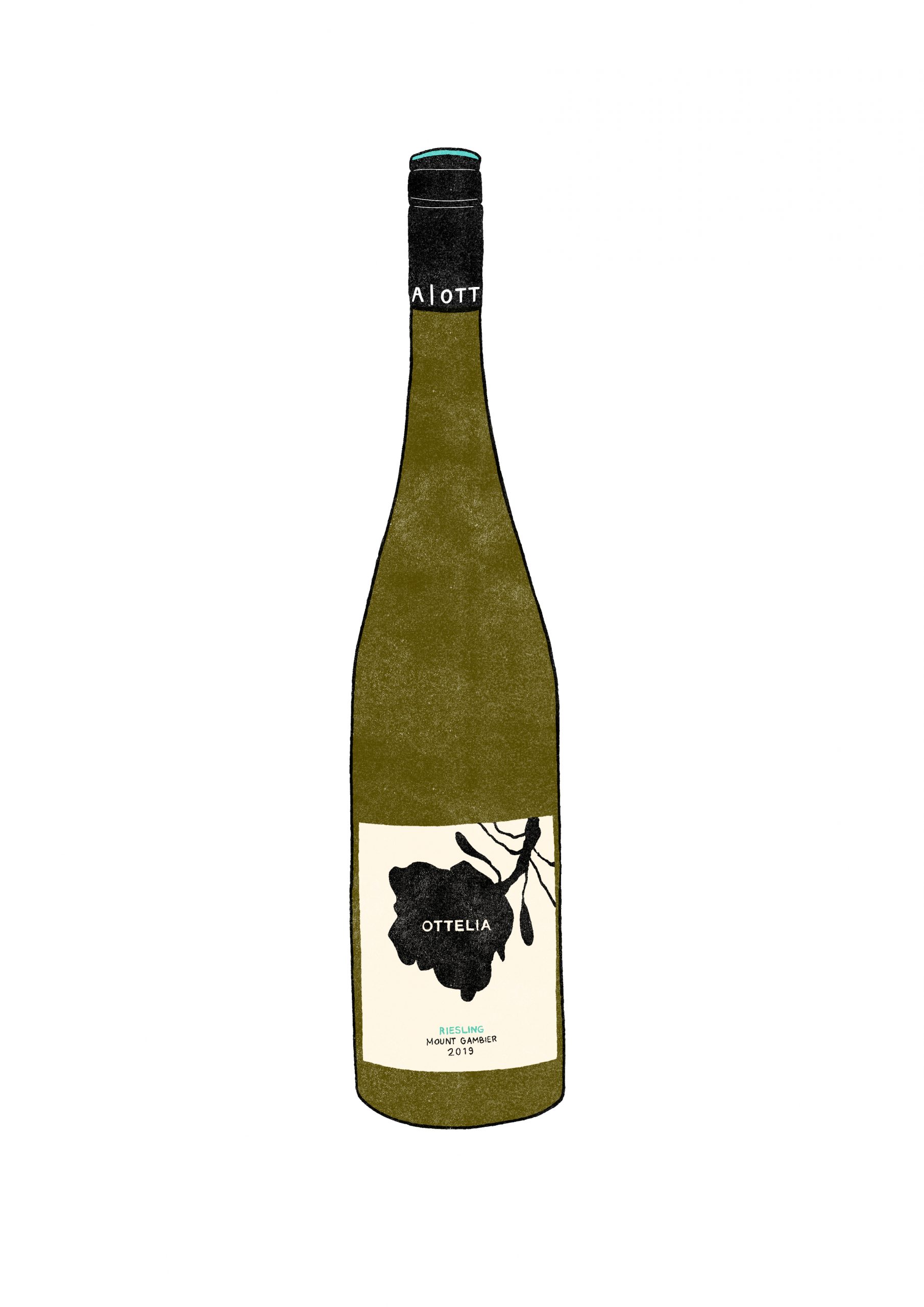It was only ever supposed to be temporary. John and Melissa Innes moved to the iconic Coonawarra region 25 years ago intending to, in John’s words, “stay a little while”. They bought a parcel of land ringed by tall Red Gum Eucalypts, and with natural wetlands dotted with Ottelia Ovalifolia, a native waterlily. All these years later John and Melissa are still there.
Prior to establishing Ottelia John served a 30‐year apprenticeship in wine making. Together they have spent nearly half a lifetime in the Limestone coast region, John working as a winemaker and consultant across its unique wine growing regions, and Melissa establishing a restaurant. After amassing all of this hands-on experience, John knows the Limestone Coast inside out; its wine growing regions of Coonawarra, Wrattonbully, Mount Benson and Mount Gambier, their different soils, their climates. That’s the background, the knowledge and the enthusiasm John brings to Ottelia.
John’s winemaking philosophy owes plenty to 5 transformative years at the beginning of his career under the watchful eye of highly regarded Italian winemaker Carlo Corino, who taught him that winemaking was, in essence, all about using very good quality fruit and spending time in the vineyard, continually tasting the fruit for optimal flavour and textural ripeness. Get this right, and there should be no need to interfere with the natural balance and structure of the wine.
And this thinking endures: ‘A comment that has been used quite often is “that great wines are created in the vineyard”, something that I totally endorse as I believe that my philosophy cannot be put into practice without a fundamental presence in and an understanding of the vineyard. The winemaker’s role is to capture and manage the fruit quality from the vineyard through to the finished wine. The vineyards that I work with are all managed in a sustainable way to produce fruit that is of optimal quality and flavour. These vineyards minimise the use of sprays and concentrate on maintaining a healthy environment and vineyard. While not organic, they adhere to the fundamental principles of low input and sustainable viticulture.’
NSW & ACT Distribution
